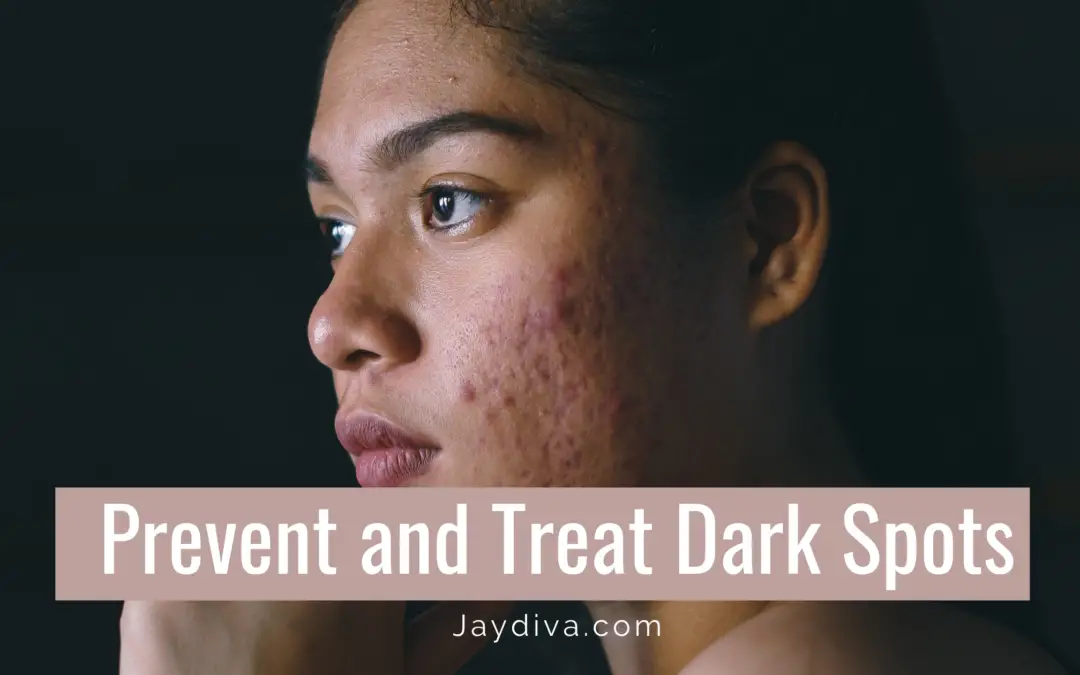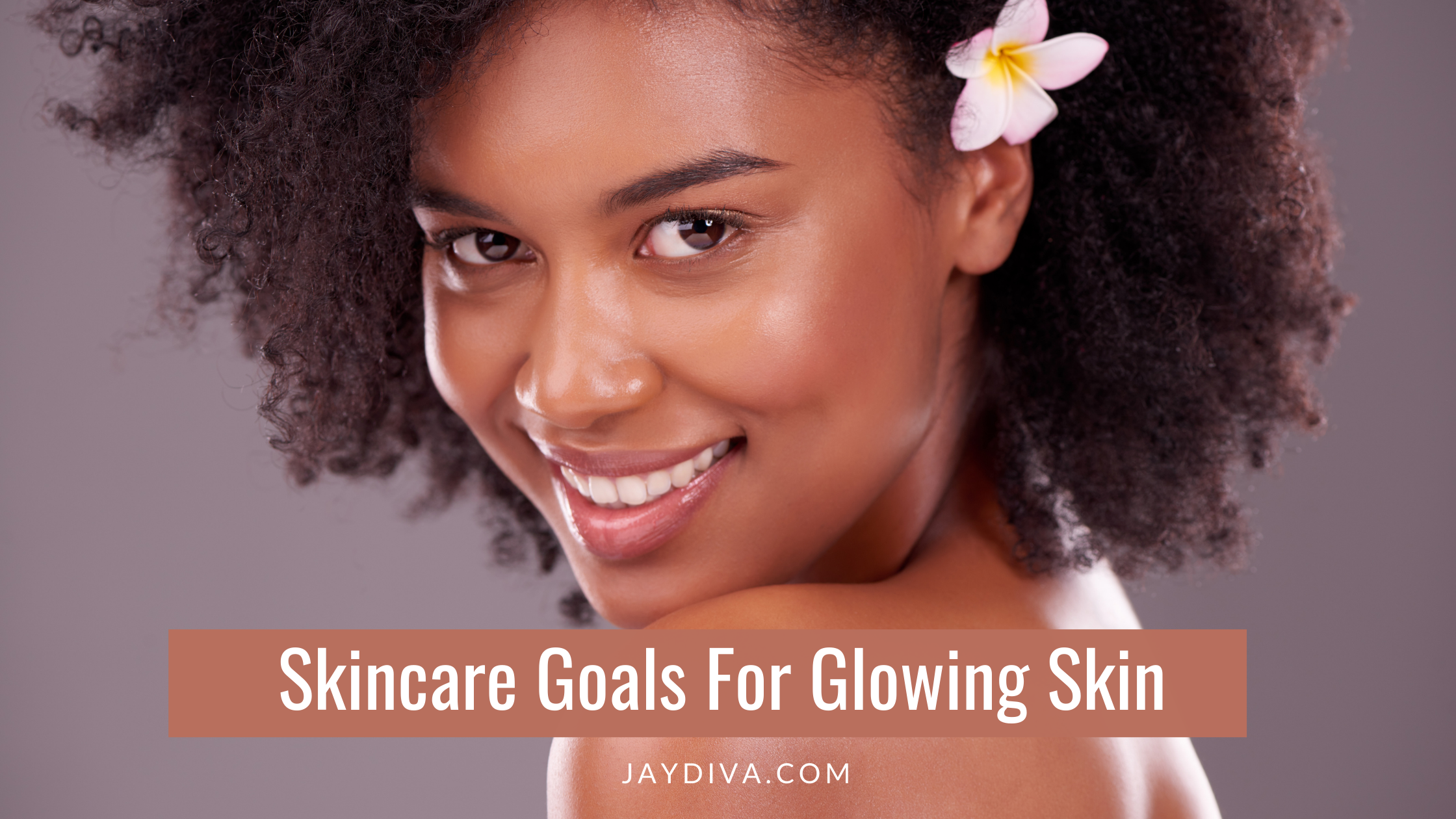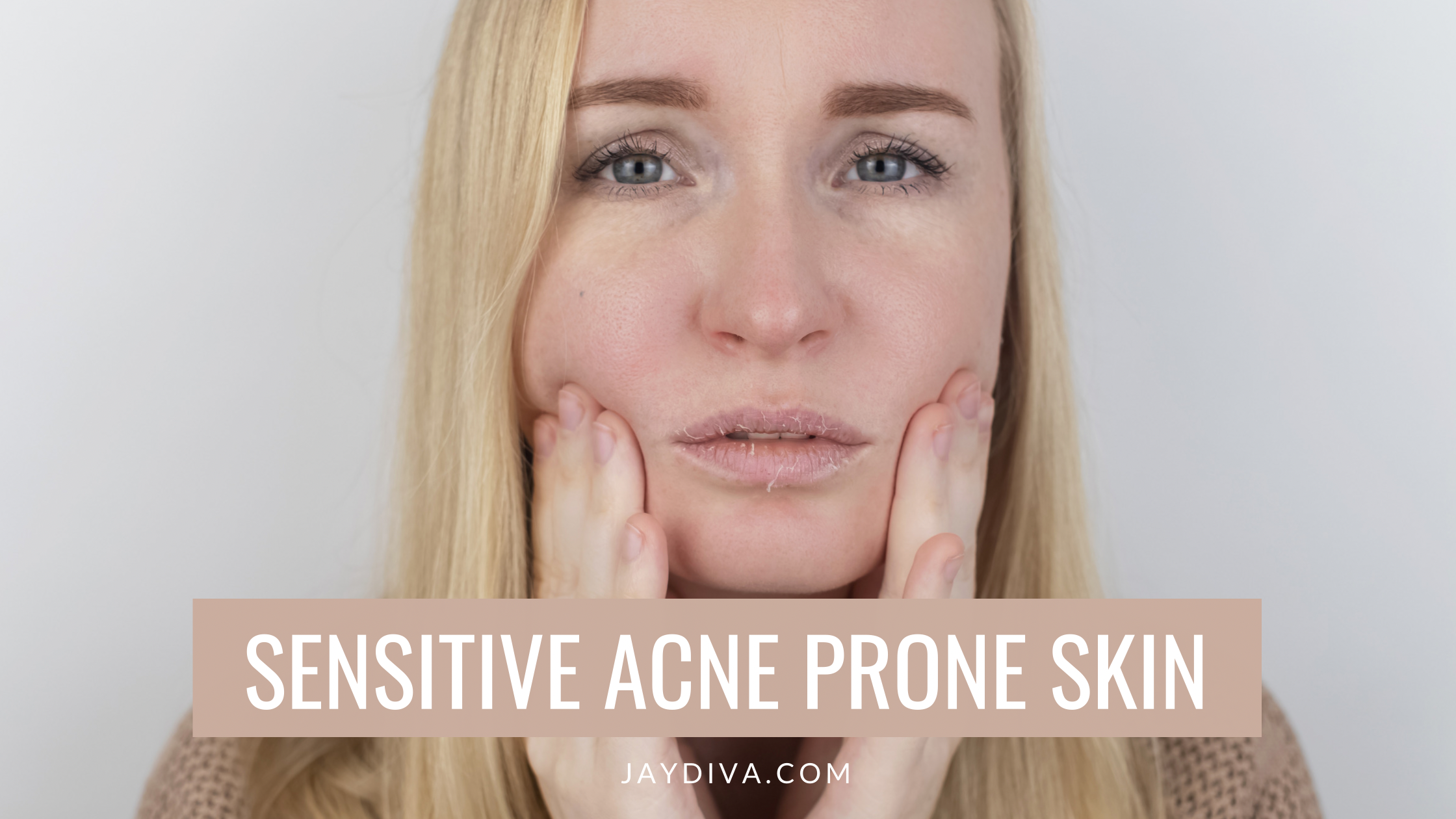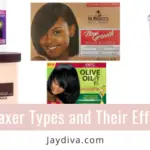Those pesky little dark spots that are left behind after our injuries and acne are long gone can be even more distressing than the trauma that led to their formation. While most of them may clear out within weeks to months, some may last for years. In today’s post, I will be sharing with you guys how to prevent and treat post-inflammatory hyperpigmentation on dark skin.
So as usual, grab a cup of coffee, tea or…something, and let’s dive in
This post contains affiliate links, we earn a commission when you purchase through these links at no additional cost to you.
Table of Contents
What is Post Inflammatory hyperpigmentation?
Post-inflammatory hyperpigmentation or PIH is a type of hyperpigmentation or darkening of the skin that arises when the skin gets injured or irritated from various causes.
It occurs in all skin types but is more common and more severe in darker skin tones. This is due to the presence of more melanin in skin of color Melanin is the pigment in our skin that gives it its color.
WATCH THE VIDEO
How does Post Inflammatory Hyperpigmentation Arise?
Post-inflammatory hyperpigmentation can arise from any trauma to the skin. It is a direct effect of the body trying to heal itself.
Following an injury or irritation, the body sets up a process and tries to contain the trauma. This leads to redness and swelling and this process is called inflammation.
The inflammation triggers the melanocytes on the skin to begin a process of melanin production and this process is called melanogenesis. The melanocytes are the melanin-producing cells in the epidermis.melanin that is formed deposited around the area of inflammation.
Post-inflammatory hyperpigmentation can arise from acne- which is the most common cause, insect bites, trauma to the skin from wrong skincare practices like dermabrasion, chemical peels, laser, and from surgery. Allergic skin reactions and inflammatory skin conditions like lichen planus and psoriasis can all give rise to post-inflammatory hyperpigmentation.
How to Prevent Post Inflammatory Hyperpigmentation on Dark skin
Since dark skin is more prone to developing post-inflammatory hyperpigmentation. It is therefore essential to be gentle on our skin, and avoid unnecessarily aggravating our melanocytes – You know those bad boys have a very short temper 🤐
Prevention of post-inflammatory hyperpigmentation starts with avoiding the causes and promptly treating the inflammatory causes.
1)For acne which is the most common cause of PIH, you want to have a skincare routine tailored to your oily acne-prone skin. You want to use skincare ingredients that will control sebum production, clean out the pores, slough off dead skin cells, and clear acne forming bacteria on the skin.
2)Another important way to prevent PIH is to avoid popping your pimples. When you pop your pimples, you worsen the inflammation and with more inflammation, more melanocytes are recruited to heal the skin.
3)Using sunscreen is the mainstay in preventing hyperpigmentation. Use sunscreens that are a minimum of SPF 30 and try to reapply throughout the day.
4)Use gentle skincare products that will not overdry or irritate the skin. good lines to use are Cerave, Cetaphil and Cosrx
5)Using a low concentration corticosteroid cream can calm the inflammation in the case of an insect bite or inflammatory skin condition. It’s important to note here that you don’t want to use corticosteroid creams for extended periods of time.
RELATED POSTS
- 5 Best skincare ingredients for oil acne-prone skin
- Best skincare routine for oily skin
- Foods to avoid for clear skin
- 10 most common skincare mistakes that cause acne
How To Treat Post Inflammatory Hyperpigmentation on dark Skin
Treating post-inflammatory hyperpigmentation especially for skin of color can be very tricky. Most of the skincare ingredients marketed for hyperpigmentation on the market are not effective for skin of color. In fact, they cause rebound post-inflammatory hyperpigmentation.
In what ways can you treat Post-inflammatory hyperpigmentation?
1. Exfoliation
This is the sloughing off of dead skin cells. This is a natural process. Our skin has the ability to adequately renew itself. But as we age, this ability reduces significantly. This is when exfoliants come in handy. They speed up this process and help get rid of the topmost layer of the skin. With regular exfoliation, the hyper-pigmented skin gradually shed off revealed more even-toned skin.
You could either exfoliate with physical or chemical exfoliants. However, physical exfoliants have been known to cause micro-tears on the skin and can trigger skin damage that will culminate in the development of rebound post-inflammatory Hyperpigmentation. Which is what we were trying to prevent in the first place.
For dark skin tones, it is preferable to exfoliate with chemical exfoliants in low concentrations. You could exfoliate with AHA(alpha-hydroxy acids) like glycolic acid, lactic acid, and mandelic acid or with BHA(beta-hydroxy acids) like salicylic acid which is a better choice for those with oily acne-prone skin. Salicylic acid has the added benefits of being able to cut through the lipid layer of the skin, get into the pores, and clean them out.
Exfoliation should be done at least once a week and not more than 3 times a week.
2. Chemical Peels
A chemical peel is a wonderful process that can be used to improve skin texture, treat hyperpigmentation, treat acne, fine lines, and wrinkles. A chemical peel is like a deeper exfoliating process done with a high concentration of acid to slough off the topmost layer of the skin.
There are three types of chemical peels; superficial, medium, and deep chemical peels.
For darker skin tones, mild and medium chemical peels can be done with caution but deep chemical peels are not recommended for use for dark skin as this can cause severe irritation of the skin and lead to rebound post-inflammatory hyperpigmentation
A gentle chemical peel is key for dark skin tones
3. Skin Brightening/Lightening Ingredients
Another way to effectively treat post-inflammatory Hyperpigmentation on dark skin is to use skin brightening and whitening ingredients. Most of these skincare ingredients inhibit tyrosinase activities which is a key enzyme in melanin production, have antioxidant properties, boost collagen, reduce inflammation, and even out your skin tone
They include vitamin C, Niacinamide, Azelaic acid, tranexamic acid, retinoids, alpha arbutin, lactic acid, and Kojic acid, licorice, and salicylic acid
Remember to also use sunscreen when using brightening or whitening skincare ingredients.
4. Laser peel
A laser peel is a skin resurfacing treatment. It uses light to slough of specific areas of hyperpigmentation.in the process promoting more even skin tone. This process works better for fairer skin but can be used for dark skin tones with caution. Laser peels are usually reserved for severe cases of acne and hyperpigmentation.
Final Take Home
When it comes to preventing and treating post inflammatory hyperpigmentation on dark skin, less is always more. You always want to remember that the slightest irritating skincare products, practices or procedures could cascade into rebound hyperpigmentation.

























